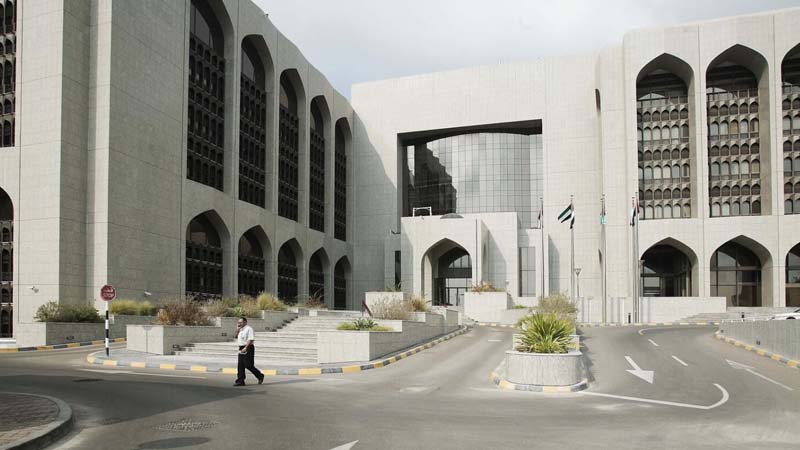
The Central Bank of the UAE recently disclosed its financial statistics, revealing a mixed yet stable economic landscape for the country. In November 2023, the money supply aggregate M1 witnessed a slight decrease of 0.2%, dropping from Dh799.3 billion at the end of October to Dh797.4 billion. This decline was attributed to a Dh4.9 billion fall in monetary deposits, counterbalanced by a Dh3.0 billion increase in currency circulation outside banks.
Contrasting the M1’s dip, the money supply aggregate M2 experienced a 0.7% rise, climbing from Dh1.9223 trillion to Dh1.9354 trillion at the end of November. This increase was primarily due to a significant Dh15.0 billion surge in quasi-monetary deposits, which more than compensated for the reduced M1.
Similarly, the money supply aggregate M3 also saw an uptick, growing by 0.5% from Dh2.3767 trillion to Dh2.3886 trillion over the same period. The rise in M3 was propelled by the augmented M2, despite a Dh1.2 billion reduction in government deposits.
A notable expansion was observed in the monetary base, which expanded by 2.9%, moving from Dh596.9 billion at the end of October to Dh614.0 billion at the end of November. This growth was driven by a 3.5% increase in currency issued, a 19.1% rise in banks and OFCs’ current accounts & overnight deposits at the Central Bank of UAE, and a 1.1% boost in monetary bills and Islamic certificates of deposit.
In the banking sector, gross assets, including bankers’ acceptances, witnessed a 0.8% growth, escalating from Dh3.9957 trillion to Dh4.026 trillion. Concurrently, gross credit also marked a 1% increase, moving from Dh1.9742 trillion to Dh1.9945 trillion, fueled by rises in both domestic (0.8%) and foreign credit (2.8%).
Domestic credit growth was particularly notable due to increases in credit to the public sector (5.0%), private sector (2.0%), and non-banking financial institutions (6.0%).
However, total bank deposits experienced a minor setback, decreasing by 0.5%, from Dh2.4554 trillion to Dh2.4443 trillion. This reduction was largely due to a 9.3% decrease in non-resident deposits, which overshadowed a 0.4% increase in resident deposits. Resident deposits saw a boost, primarily due to a 1.9% increase in private sector deposits. Meanwhile, government sector deposits and public sector (government-related entities) deposits fell by 0.5% and 7.9%, respectively.
These financial movements reflect the UAE’s robust and dynamic economic environment, highlighting its resilience and adaptability in the face of changing economic conditions. The Central Bank’s report underscores the UAE’s continuing efforts to maintain a stable and balanced economic framework, crucial for sustaining long-term growth and stability.




